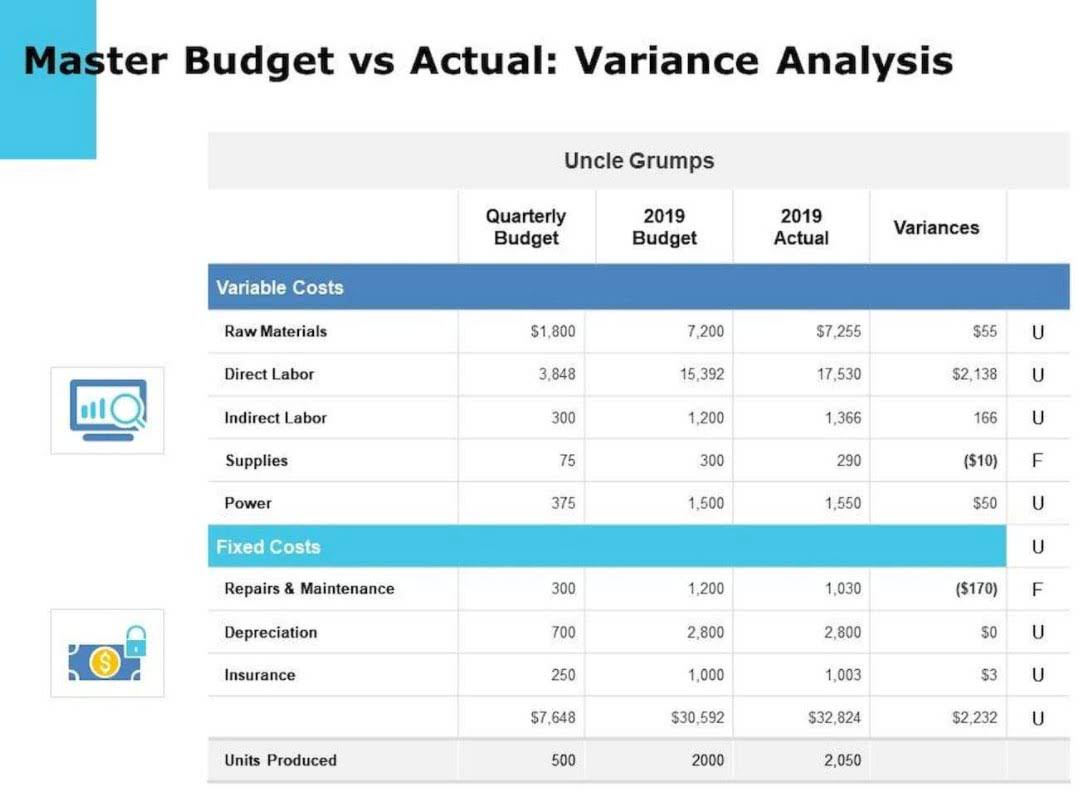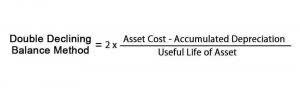
By integrating operational and financial budgets, businesses can better allocate resources, anticipate potential challenges, and make informed decisions. The preparation of a master budget requires collaboration among various departments, including sales, production, finance, and human resources, to ensure accuracy and feasibility. The first line in the budgeted income statement, sales,comes from the sales budget in Figure 9.3. The next line, costof goods sold, is calculated by multiplying unit sales fromFigure 9.3 by the cost per unit. The cost per unit calculation isshown at the bottom of Figure 9.9. Since Jerry’s Ice Cream uses full-absorption costing,all manufacturing costs related to goods sold are included (orfully absorbed) cash flow in cost of goods sold.
- Once sales projections are in place, the production budget is prepared to determine the required output levels.
- The sales budget reflects forecasted sales volume and is influenced by previous sales patterns, current and expected economic conditions, activities of competitors, and so forth.
- For example, assume that a worker can pour and finish one unit in 15 minutes.
- The budgets are interrelated with some budgets feeding into other budgets.
- Standard financial statements include the income statement, balance sheet, and statement of cash flows.
Introduction to the Master Budget
In reviewing this document, notice that the data in most rows are drawn from earlier budget components (the beginning of year cash is assumed to be $50,000). The cash received from customers is taken from the Sales spreadsheet, the cash paid for materials is taken from the Materials spreadsheet, and so on. Without an adequate supply of cash to meet obligations as they come due, a business will quickly crash. Even the most successful businesses can get caught by cash crunches attributable to delays in collecting receivables, capital expenditures, and so on. The cash budget provides the necessary tool to anticipate cash receipts and disbursements, along with planned borrowings and repayments. Shehadeh plans the budgeted income statement is part of which element of the master budget? to end each quarter with sufficient inventory to cover 25% of the following quarter’s planned sales.

Budgeting

Based on this, the production budget estimates that 52,000 units must be manufactured to account for desired ending inventory. Manufacturing overhead is budgeted at $200,000, bringing total production costs to $850,000. Preparing a master budget is a meticulous process that requires coordination among multiple departments. The first step involves gathering historical financial data and analyzing market trends to establish realistic assumptions. The sales budget is then developed based on these assumptions, setting the stage for subsequent budgets.
- The first tab is for the sales budgetworksheet, the second tab is for the production budget worksheet,the next tab is for the direct materials purchases budgetworksheet, and so on.
- To continue the water wiz illustration, assume that each unit requires $0.10 of variable manufacturing overhead per unit produced and total fixed manufacturing overhead is $41,000 per quarter.
- The excess inventory serves as a buffer in case sales demand is more than expected, production issues occur, or the organization needs additional inventory for another reason.
- The budgeted income statement indicates that, if all the assumptions of the budget hold true, Forever Tuna will report $221,112 worth of net income next year.
- The direct material purchases budget provides the necessary framework to plan cash payments for materials.
Practice Video Problem 1: Sales and production budgets

Review the sales budget closely, noting the expected pattern of sales. The fall and winter seasons are typically the best for the release of new movies, and the anticipated pattern of screen sales aligns with this industry-wide business cycle. The screens are sold through a network of dealers/installers at a very low price point of $175 per unit. Mezan Shehadeh recently perfected a low-cost vinyl product that was very durable and could be Legal E-Billing used outdoors in conjunction with rear-screen projection equipment. This product enables movie theaters to replace the usual lettered signs with actual videos to promote the “now showing” movies. An overview of some of the independent budgets that make up the master budget and how these individual budgets interrelate is provided in the below illustration.

Capital Expenditures Budget
- The collection of budgets for an organization are known as the master budget.
- The direct labor hours needed to produce a single unit is .25 of an hour (15 minutes / 60 minutes in an hour).
- The planned business activities must be considered in terms of their cash flow and financial statement impacts.
- The budgeted Income statement is a resourceful tool for management to project the financial performance and profitability of the entity.
- Based on this, the production budget estimates that 52,000 units must be manufactured to account for desired ending inventory.
- Factory overhead may be applied based on labor, but it is ultimately driven by overall production.
- But, the process for performance appraisal is far more complex than simply comparing budget to actual results.
A master budget is a tool used by management to effectively plan, control, and evaluate business operations. The master budget is an essential tool for financial planning, enabling businesses to align their operations with strategic objectives. By consolidating individual budgets into a unified plan, companies can optimize resource allocation, anticipate financial needs, and improve decision-making. The preparation process involves collaboration across departments, ensuring that budgets are realistic and achievable. Regular monitoring and adjustments are necessary to address variances and adapt to changing circumstances. Ultimately, a well-prepared master budget enhances financial control, supports growth, and contributes to long-term organizational success.







